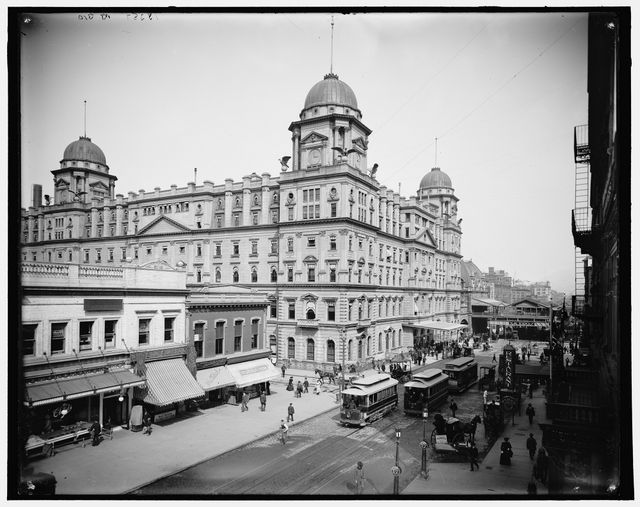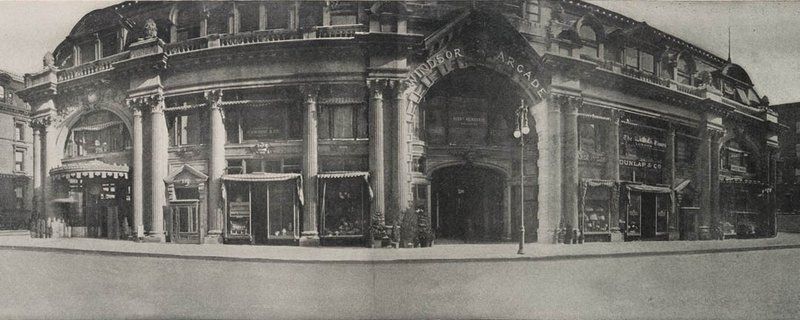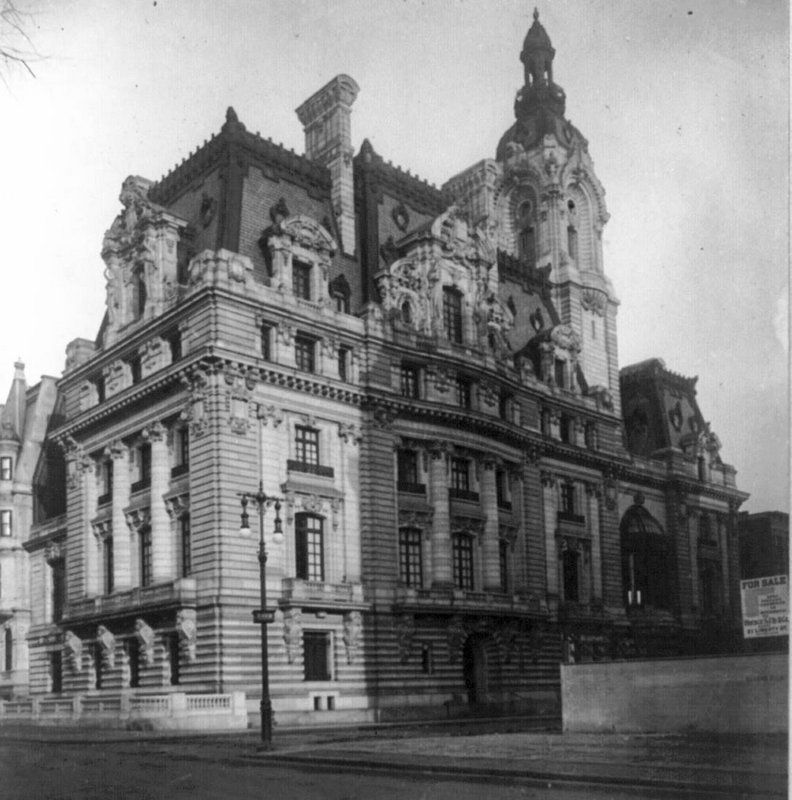Last Chance to Catch NYC's Holiday Notalgia Train
We met the voices of the NYC subway on our nostalgia ride this weekend!


 Cornelius Vanderbilt II’s Mansion at 742-748 Fifth Avenue (between 57th and 58th Streets). Photo via Library of Congress.
Cornelius Vanderbilt II’s Mansion at 742-748 Fifth Avenue (between 57th and 58th Streets). Photo via Library of Congress.
Recently, we rounded up New York City’s architectural superlatives, ranging from narrowest building to smallest plot of land. In that mix was the shortest lived buildings in the city. While most of us see the city as ever-changing, it may surprise you to discover just how short-lived some buildings were.


The Replica of Mount Vernon in Prospect Park. Image from Brooklyn Historical Society via Prospect Park Alliance
In 1932, Robert Moses had a replica of Mount Vernon built in Prospect Park to to mark the 200th anniversary of George Washington’s birth. The building, constructed by Sears, Roebuck & Company (who also delivered another replica to the Exposition Coloniale Internationale in Paris in 1931) and designed by architect Charles K. Bryant, lasted lasted a mere two years before being torn down. The house was located at the base of Lookout Hill on the Peninsula of the Lake.
This fun fact and more in the book Prospect Park: Olmstead & Vaux’s Brooklyn Masterpiece.

Grand Central Station. Photo from Library of Congress.
Before this, the original Grand Central (not a terminal then, just a station) was torn down less than three years before it had been completed in 1900. Why? The rail lines intro Grand Central were electrified following a terrible accident in the Park Avenue tunnel in 1902, with plumes of smoke and exploding steam engines.

Image from New York Public Library
Taking up nearly an entire block on 6th Avenue between 41st and 42nd Street was once the Crystal Palace, an architectural feat of iron and glass with a massive dome built in 1853. Accompanying the structure was also “New York City’s first skyscraper,” an octagonal observation tower taller than Trinity Church. A million visitors later, the entire Crystal Place went up in flames due to arson in 1858. Also of note, Bryant Park was a city burial ground until 1840.

Photo from New York Public Library
The Windsor Arcade was a 3-story building erected on the site of the stylish and luxurious Windsor Hotel, which came to a tragic end in 1899 after a fire that killed 60. In 1901, the Windsor Arcade was built on the site at 5th Avenue and 47th Street with a monumental entrance surrounded by sculptures. Designed by architect Charles I. Berg at a cost of $2.5 million, it was filled with art galleries and shops. There was even carriage access into the inner courtyard. It was never intended to be a long lasting building despite the expense put into it, just something to cover the expense of the property before a better idea came along and by 1911 it was demolished.

Photo from Library of Congress
This slender 20-story building at Nassau and Wall Street is now 14 Wall Street. It was once considered possibly the tallest office building in the world.

In May 2013, architects and critics had a glimmer of hope regarding the fate of The Folk Art Museum building, located next to The Museum of Modern Art (MoMA) on W 53rd Street. The Folk Art Museum (designed by Tod Williams and Billie Tsien) and its distinctive bronze facade was “much-admired,” according to The New York Times, and had “signaled the city’s recovery from Sept. 11″ when it opened in 2001. But in January 2014, Liz Diller of of architecture firm Diller Scofidio & Renfro (DS+R) broke the news that in the end, the museum will not be saved. It’s still standing at just under 13 years old, but awaiting demolition order for the new MoMA.
A grand limestone chateau on Fifth Avenue at 62nd Street was built in 1899 for the widow of brewer August Schmidt, Josephine. The Knickerbocker Club purchased the property in 1914 for their new clubhouse and the French chateau-style mansion was demolished only fifteen years after it was built.
William A. Clark House (Less than 20 Years)
Photo from Library of Congress
This French-inspired mansion was built somewhere between 1907 and 1911 at a cost of $7 million. It took 13 years to complete, and was demolished less than 20 years later after it was sold to developers after the death of William A. Clark. The interiors were spectacular, as you can see from the photographs on The Gilded Age Era.

Grand Central Depot, 1880 with horse-drawn carriages waiting to pick up arriving passengers.Photo from New York Public Library
Before Grand Central Station, there was Grand Central Depot. The French empire style building was constructed in 1871 and was demolished between 1899 and 1900, lasting 29 years. Read about the top 10 secrets of Grand Central here and see more vintage photos here.
Other short lived buildings include the opulent Vanderbilt Mansion (now Bergdorf Goodman) which lasted about 44 years, the Schwab Mansion on Riverside Drive which lasted 42 years and the original Waldorf-Astoria Hotel (where the Empire State Building now stands) which moved uptown after 39 years.
Subscribe to our newsletter